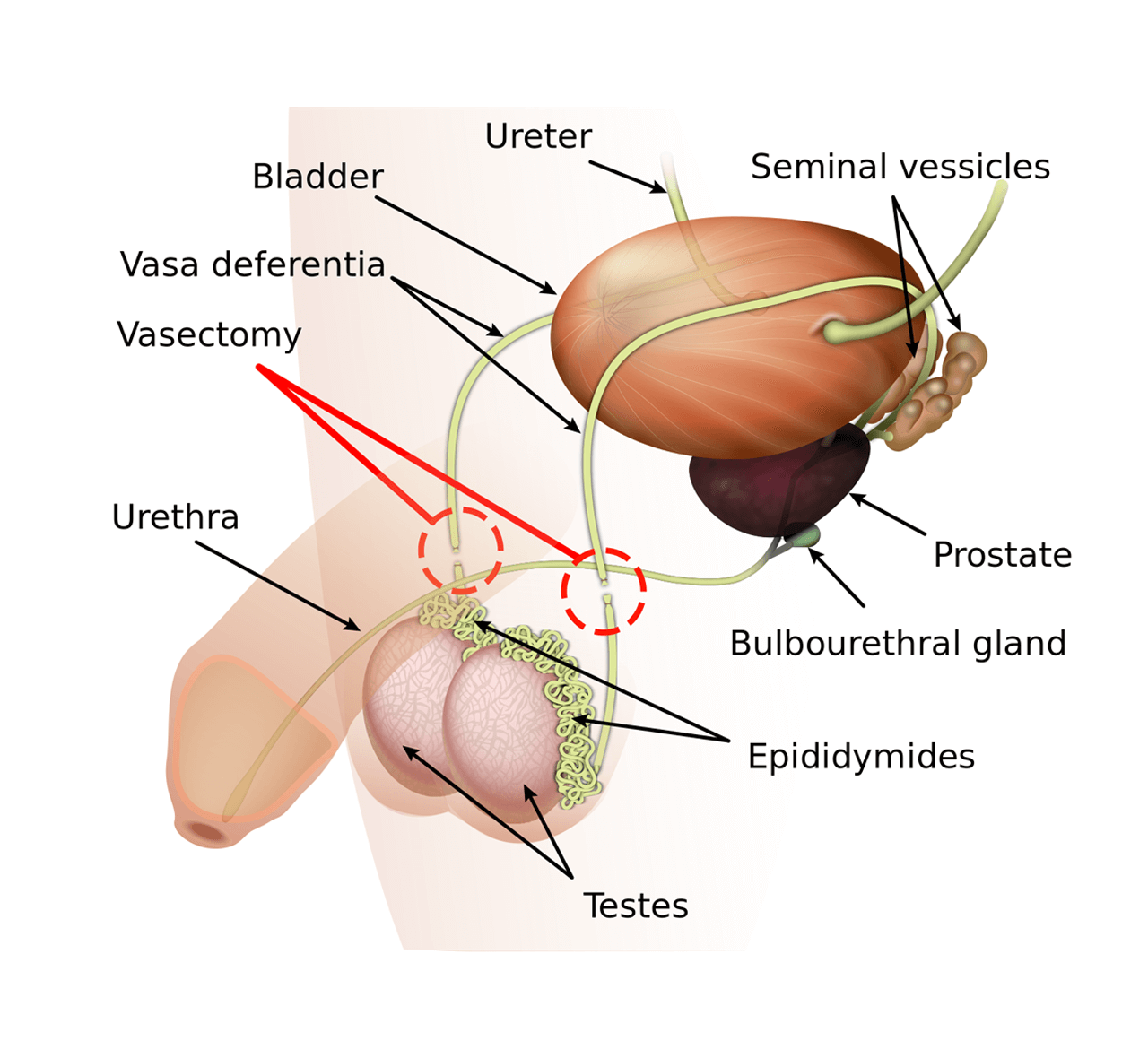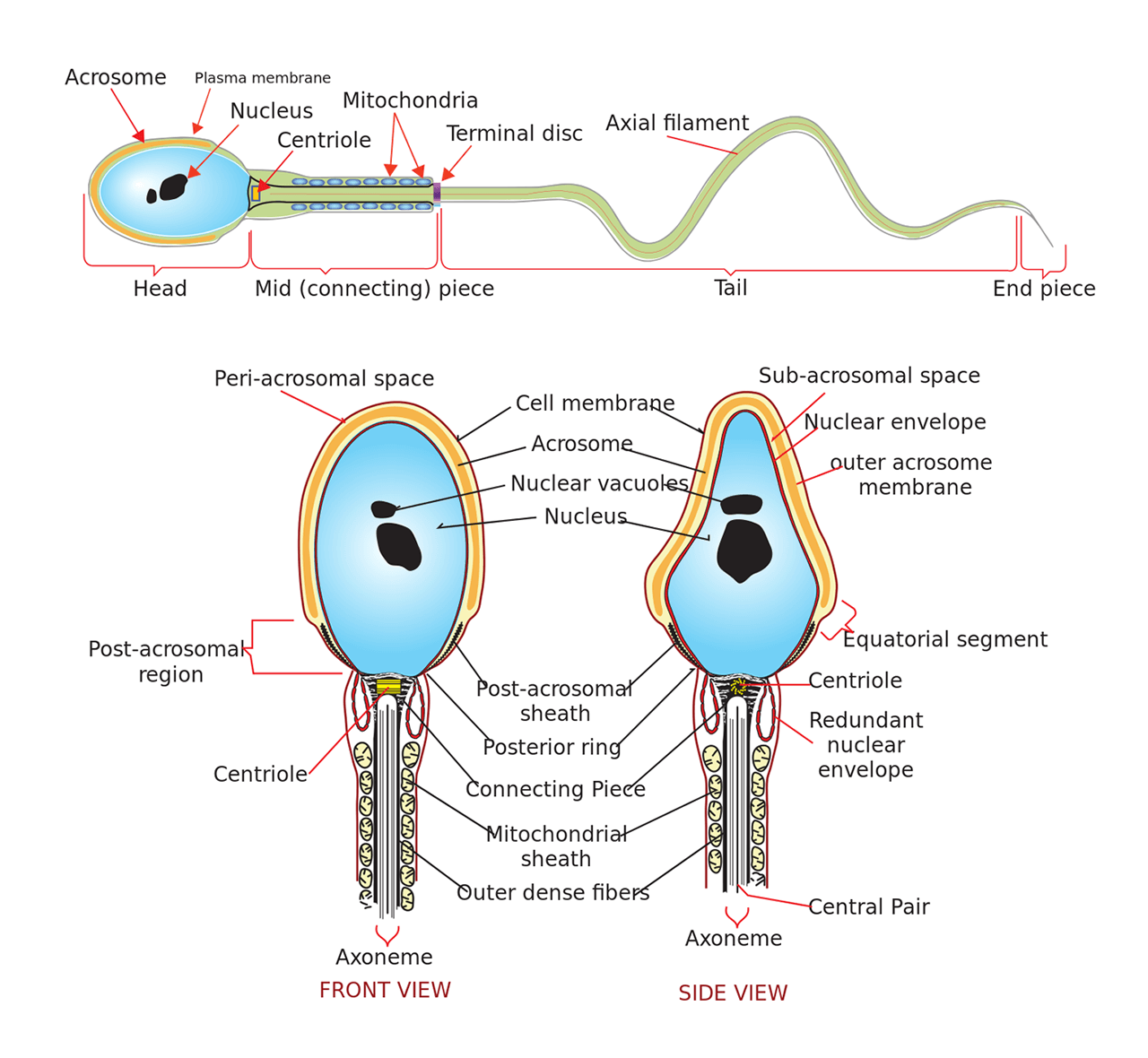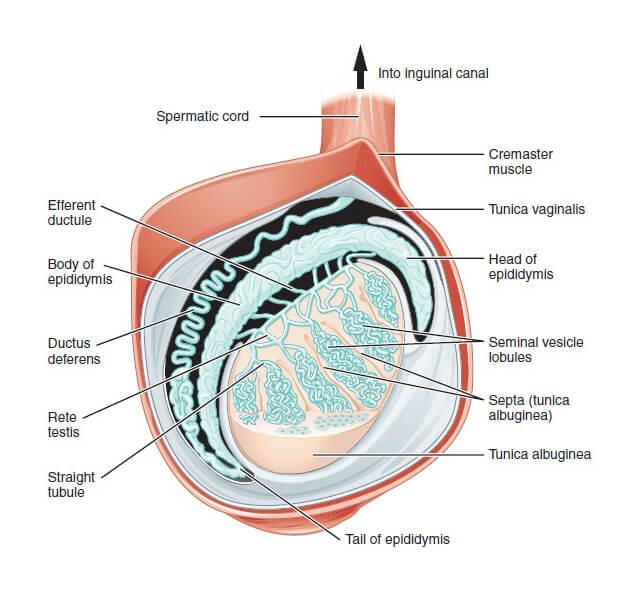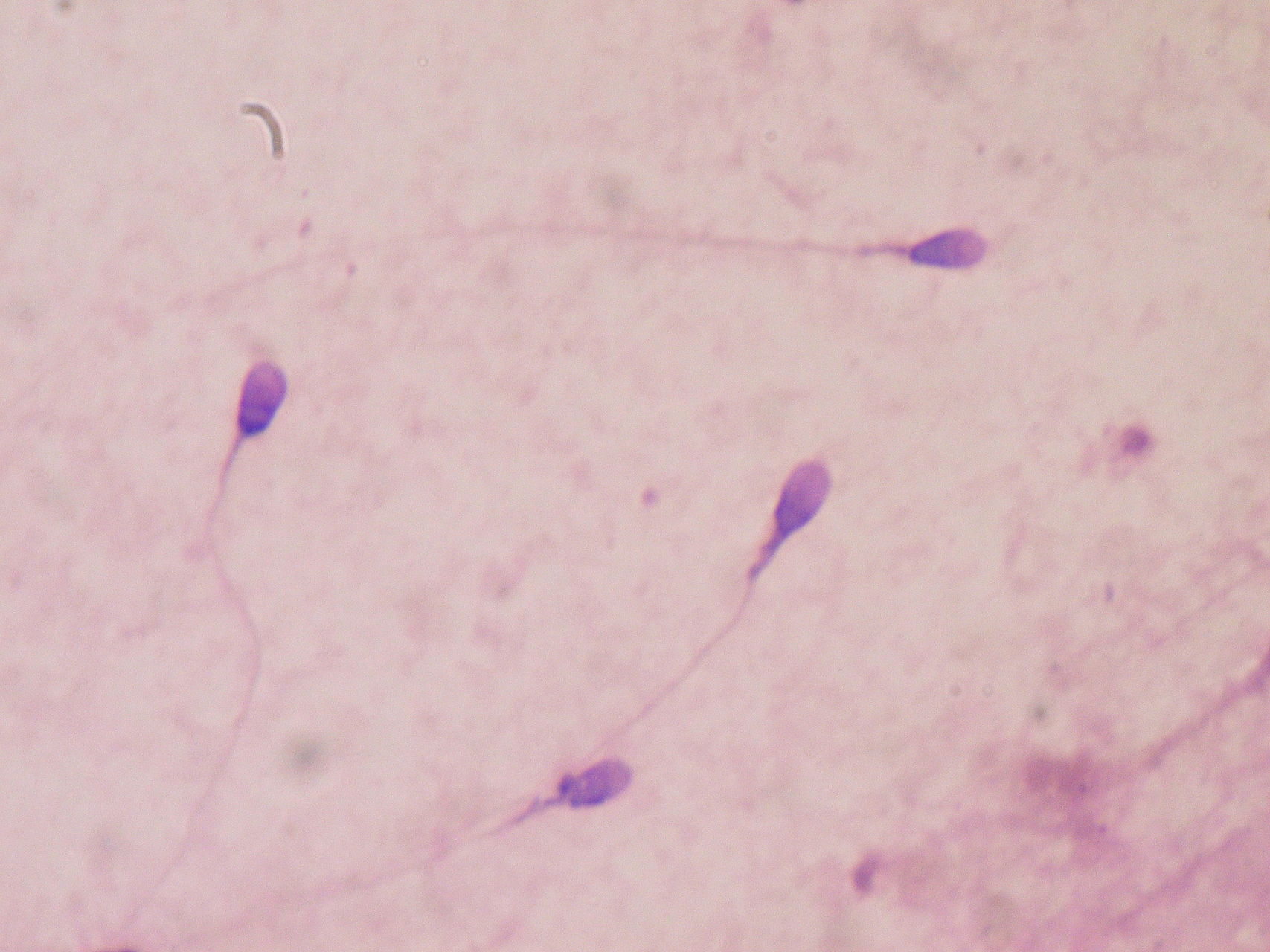Testicular Sperm Aspiration (TSA)
What is obstruction azoospermia?
Obstruction Azoospermia is a medical term to describe a blocked passageway that does not allow sperm to get out of the body. The most common cause for this is a vasectomy, which is a surgical blockage to prevent further pregnancies. It can also be caused by trauma, infection, or from a congenital abnormality.
Some patients who have had a vasectomy desire to have more children.

The conventional way to help these patients is to surgically remove the obstruction and reattached the open ends together. This is a vasovasostomy.
With the advent of IVR (in vitro fertilization) and ICSI (intracytoplasmic sperm injection), it is feasible to aspirate the “blocked sperm” from the testicle and then use it for IVF and ICSI.

How is testicular sperm aspiration performed?
A TSA is performed under local anesthetic in the office. The patient may experience minor nausea and testicular pressure during the procedure. The procedure usually lasts no longer than 10 minutes.

What is an open surgical testicular sperm retrieval?
If sperm cannot be retrieved by testicular sperm aspiration, then the next step is an open surgical testicular sperm retrieval. This is more involved and requires a general anesthetic. During the surgery, the testicle is inspected through a small incision in the scrotum and a small incision is then made in the testicle to remove a small amount of testicular tissue. The tissue extracted is then looked at under the microscope by a biologist who then retrieves viable sperm to use for IVF and ICSI at a later planned date.

Contact us to request an appointment or ask a question. We're here for you.


